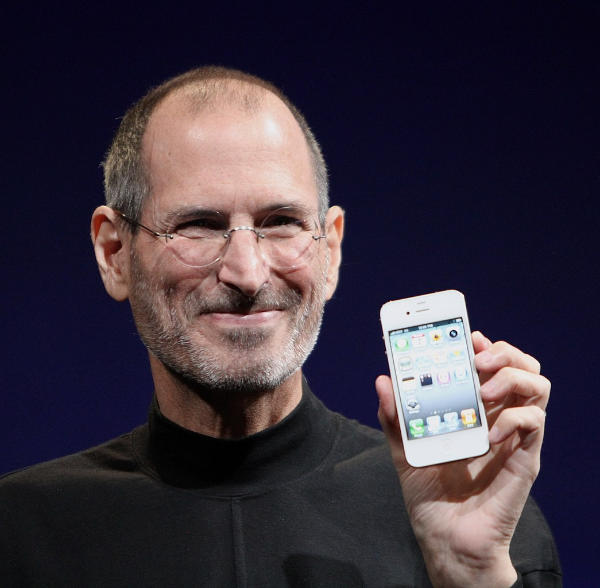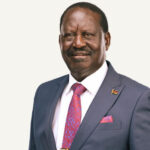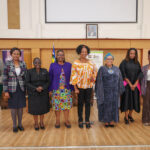Forget the image of the lonely inventor in a workshop. Today, it is more common for countless technologies to be developed by a variety of inventors who suddenly form a cohesive whole to give birth to novelties. Other inventions were designed for decades before they became a technology phenomenon. Get to know 4 patents that changed the world.
iPhone
Patent Name: “Electronic device”
Apple’s patent for the original iPhone is listed simply as an “electronic device”, giving very little detail about the details of the invention.
Although the iPhone was not the first smartphone or the first phone to connect to the Internet, the basic design has become a real success and this phone has become part of many people’s daily lives. It is almost a handheld computer. The iPhone and subsequent improvements to the “electronic device” have influenced the way humans communicate, navigate and even think.
Bluetooth
Patent Name: “Peer to peer information exchange for mobile communications devices”
Jaap Haartsen invented Bluetooth in 1994, allowing nearby electronic devices to connect to each other using short-range, low-power radio waves. Haartsen drafted several Bluetooth-related patents, but were blocked by lawsuits. This 2013 patent describes itself as the technology that can be used to transmit GPS data.
The system uses small computer chips implanted in devices that serve as mini radios and run the necessary software to connect to each other. The technology is used today in almost all portable devices, including headphones, cameras, computers, among others.
Virtual reality
Patent Name: “Virtual reality generator to display abstract information”
The first proposal for virtual reality was not related to computer games nor was it intended to watch sports, but to help users analyze financial data. The 2000 patent for a “virtual reality generator” granted to inventor Paul Marshall describes a computer-created world in which the user can navigate “using control devices, such as a trackball or spaceball, an electronic data glove, a data tracker position a keyboard , joystick or steering wheel “.
Marshall continued to work on these technologies to create a “three-dimensional information landscape”, with the goal of helping “a financial manager or financial analyst” filter the data.
GPS – Global Positioning System
Patent Name: “Navigation system with satellites and passive range techniques”
The GPS satellites were invented by the Navy and operated by the Air Force today. Roger L. Easton was the mentor of the Global Positioning System and developed these technologies in the 1950s for the Naval Research Laboratory (NRL) to control US satellites in orbit and also Soviet satellites. In 1959, Easton developed the Naval Space Surveillance system – the first radar network to track all objects orbiting the United States.
In the second half of the year, Easton changed the technology and started tracking objects on the ground from space. This 1974 patent describes methods for enabling navigation with satellites. High-precision clocks on missions like TIMATION I and II refined the technology and corrected errors caused by relativity. The first GPS data was transmitted by the Navigation Technology Satellite 2 in 1977.
The technology remained within the armed forces for years. The United States used GPS satellites to navigate the deserts of Kuwait and Iraq during the first Gulf War, which became known as “the first space war”. GPS became fully operational with 24 satellites in 1995 and today Google Maps is virtually never out of reach.














